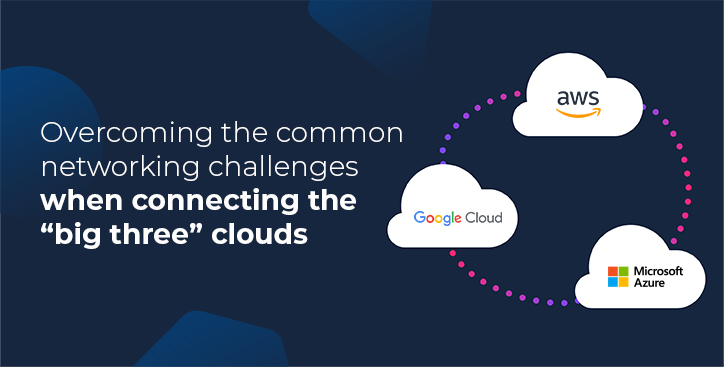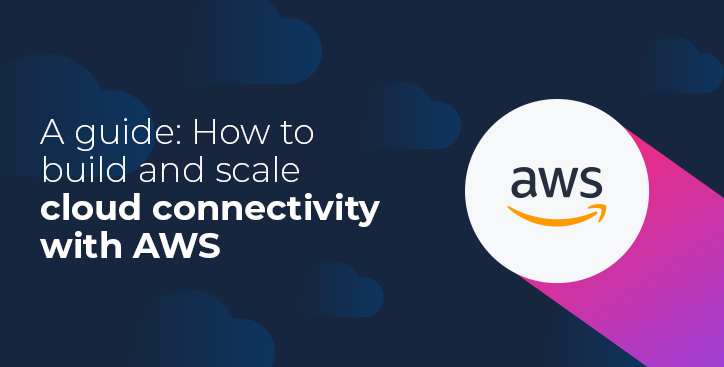Just like other live sporting events, major e-sports and gaming tournaments – which can attract large audiences of over 100,000 people – were hit hard by lockdown measures earlier this year.
But while many mainstream sporting leagues remain postponed for the foreseeable future, organised multiplayer video game competitions, known as e-sports, are attracting new audiences online.
Many of the e-sports leagues for popular games, such as Call of Duty and Overwatch, have now made the switch to online-only mode. Meanwhile, traditional sports fans are filling the competitive void in their lives with e-sports – with motorsports enthusiasts tuning to virtual Grand Prixs, and football fans cheering their respective teams along on professional FIFA tournaments.
This has all led to a surge in the number of people viewing e-sports tournaments online. Twitch, one of the world’s largest streaming platforms, set an all-time record of 22.7 million peak daily active users in March. It is estimated that the platform’s audience grew by about a third in that month alone.
Network considerations for professional gamers
The rise in hosting and streaming e-sports tournaments online presents new technical challenges for networks. There are a number of network considerations that need to be taken into account. The first and foremost of which is latency.
For professional gamers, a few milliseconds of lag can be the difference between success and failure. When latency gets high during gaming, it creates a delay between the player input and the response of a game. Network speeds can therefore have a dramatic impact on the overall gaming experience and player performance.
Bandwidth is another key consideration. Not only is higher bandwidth needed to support the streaming and connectivity demands of viewers, but it can again help meet the requirements of the gamer.
If you’ve ever streamed an e-sports game, you’ll know that professional gamers wear headsets and appear on webcams to communicate with other team members, as well as provide the audience with full visibility of the game. This means professional gamers tend to have several applications open at one time – so even if the video game itself isn’t bandwidth intensive, the combined requirements of a game and a video link can be.
Finally, network security is also of growing importance to e-sports. As tournaments and leagues become more high profile and lucrative, the e-sports industry could become more of a target for hacking and cyberattacks. In particular, servers that are used to host gaming assets could be vulnerable to DDoS attacks, which could disrupt or even take tournaments offline.
How Software-Defined Interconnection® can help
As e-sports tournaments are increasingly streamed to larger audiences all over the world, Console Connect is uniquely positioned to help address some of the network latency, bandwidth and security challenges facing the e-sports industry.
By using the power of Software-Defined Interconnection®, organisers can easily scale up and down bandwidth to meet their needs, while the ability to create real-time, private connections addresses security and latency concerns.







.jpg)


